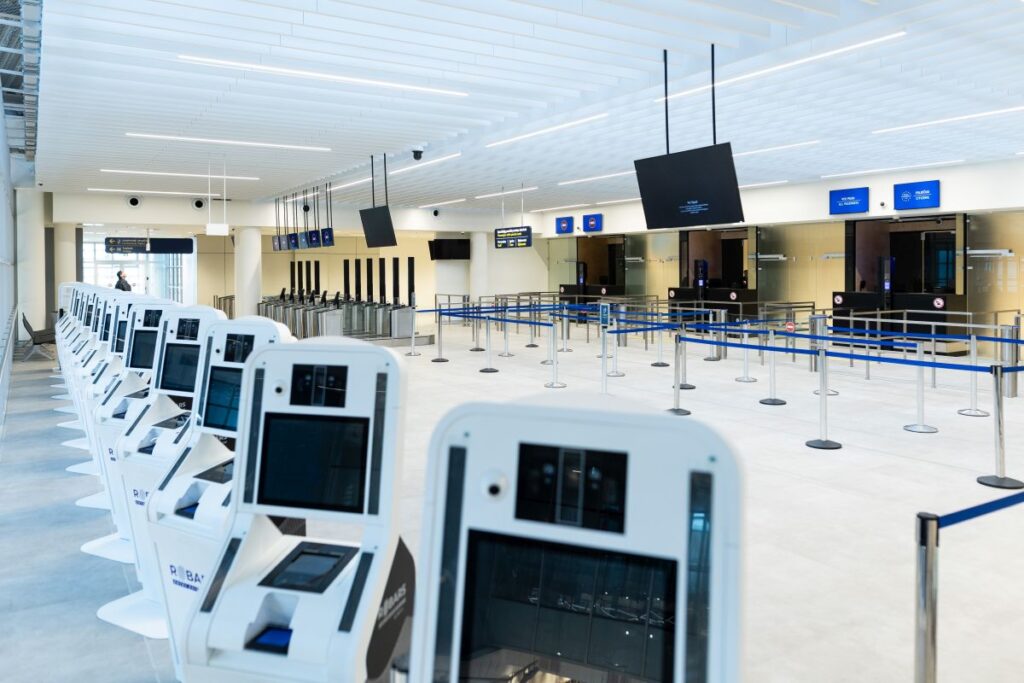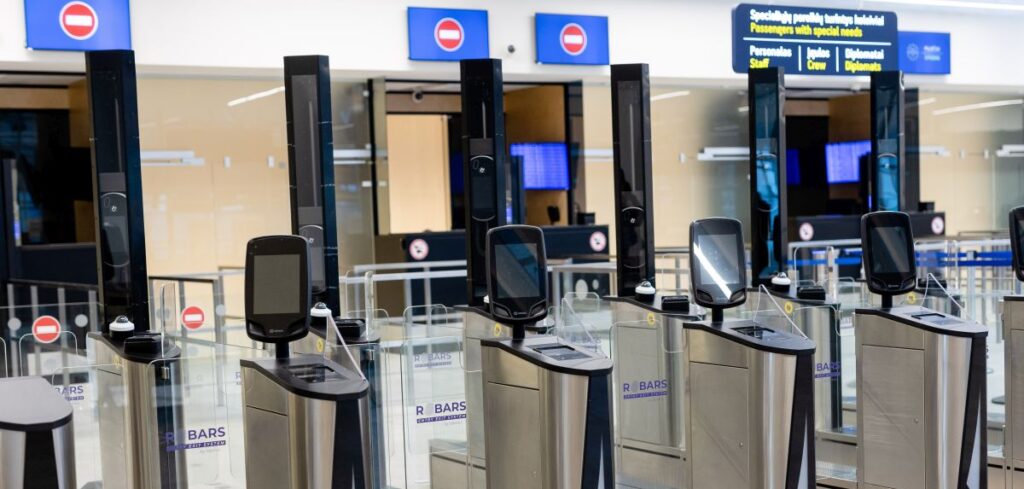Lithuania Airports will implement an entry-exit system (EES) at Vilnius, Kaunas and Palanga airports this year as part of a €3m (US$3.2m) biometrics project.
The EES registration and inspection procedure will collect and verify personal data on third-country citizens entering the EU for the first time. In addition to passport data, biometric data will be collected, including fingerprints and facial images. Third-country citizens entering the Schengen area will not have their individual fingerprints on their passports – the system will work automatically and capture the data in special databases.
The EES is based on an EU regulation that stipulates that all member states that have an external border with third countries must make it possible for foreigners to register in the EES. This requires the introduction of a new system of registration and border checks, as well as setting up a new space for registration and border controls. Lithuania has opted for a comprehensive universal system.
Lithuanian Airports coordinated the implementation of the EES inspection procedure with the specialists of the State Border Guard Service (SBGS), which will manage the system and carry out the inspections later. According to the SBGS, the system will reduce the inconvenience for travelers when registering and save them a lot of time on procedures.
The system hardware has been finalized and software installation, as well as configuration, is underway. Once the system, called Robotic Optoelectronic Biometric/Alphanumeric Registration System (ROBARS), is operational, passengers will need to familiarize themselves with the new Lithuanian registration system on the company’s website before their arrival.
Vidas Kšanas, director of the safety and security department at Lithuanian Airports, said, “We have already carried out contractual works on the adaptation of the spaces in all Lithuanian airports, which will be much more convenient for passengers to pass border checks and will also include self-service terminals and information screens. We have also carefully planned not only the new areas where additional checks will be carried out, but also modeled the processes for passenger flow management and passenger convenience. Once the screening starts, third-country citizens will not only receive detailed information on the procedures to be followed but will also have the opportunity to perform most of the services completely independently in the self-service terminals.”



